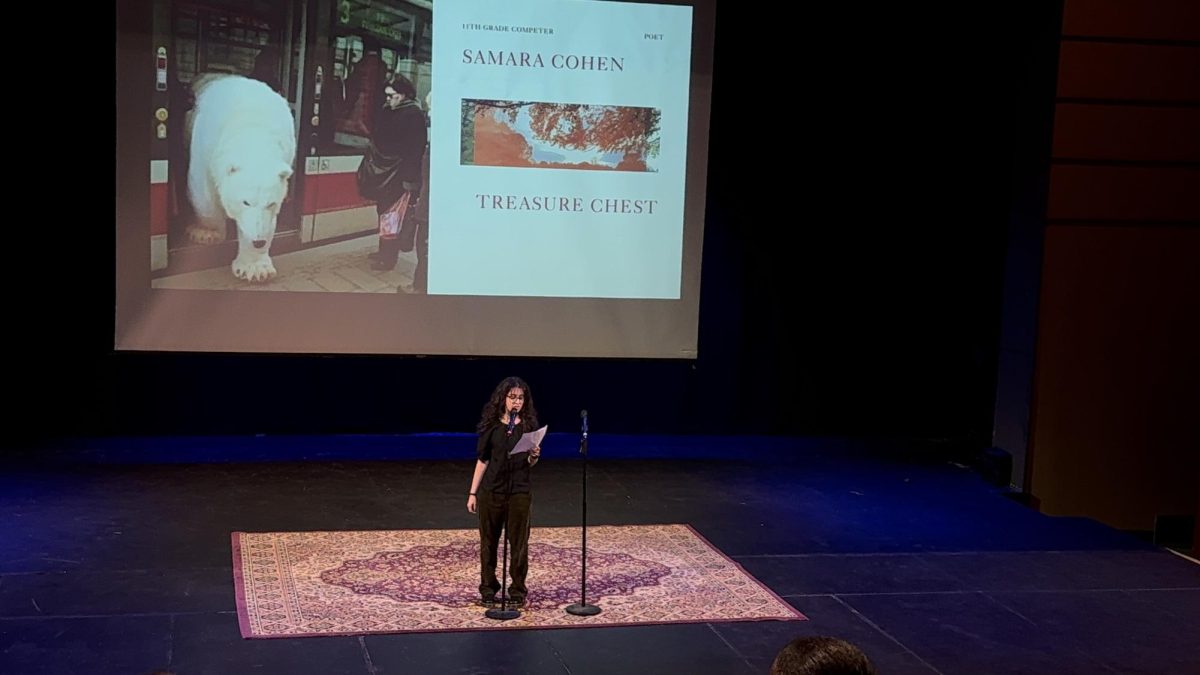Pantoum Poems capture readers by using one of the most powerful tools in a poet’s arsenal: repetition. This old Malaysian form is often overlooked in favor of more common styles like the sestina. However, pantoums’ ability to craft stories and weave details is unparalleled.
Founded in fifteenth century Malaysia, it originated as the spoken pantun. A specific version, called pantun berkait, was introduced to western literature in the nineteenth century. This particular version of the pantoum included an ABAB rhyme scheme, which can add a level of difficulty to any poet looking to challenge themselves. As the style grew more popular throughout the years, the rhyme was dropped, but the refrain pattern remained.
Pantoums are unique in that every single line in the poem is repeated. The poem is composed of quatrains, which means that each stanza contains four lines. The first stanza starts with four lines, as one would write in a free verse poem. Then every subsequent stanza has refrains that tie into the stanza before it.
The first line of every stanza after the first one is a refrain of the second line from the stanza before it. In addition, the third line of each stanza is a refrain of the fourth line from the previous stanza. With the first and third lines being refrains, the second and fourth lines are completely new lines, and will be used in the next stanza.
There is no restriction to the number of stanzas, only that the pattern is honored. However, the last stanza contains no new lines. The first and third lines of the last stanza are the second and fourth lines of the stanza directly before it; the pattern continues.
Therefore, the second and fourth lines of the last stanza are refrains from the very first stanza. The first line of the first stanza becomes the second line of the last stanza and the third line of the first stanza becomes the fourth line of the last stanza. This way, every single line of the poem is reused.
With no restrictions of length of the poem, or syllable count, the only difficulty is a result of the strange refrain system. While it is recommended that the refrains remind identical, slight tweaks like changing tenses, point of view, or punctuation is allowed, as long as it is changed with intent. Because of the unique repetition, pantoum poems lend themselves beautifully to non-linear topics, or topics that can come full circle.
Pantoum poems, while relatively unknown, are gorgeous examples of the power of repetition and allow for new ways to create thoughtful, impactful poems.
Ouroboros
Serafina Kubersky
and when rocks bite into my knees,
golden rays shun the dirt from which I rise.
so I shall chase the dying sun
my fingers entwined in poison vines.
golden rays shun the dirt from which I rise,
fertile earth anointed in blood spilled from my chest,
and my fingers entwined in poison vines.
as rivers wilt to rocks so too shall I return to You,
You whose
fertile earth, anointed in blood spilled from my chest,
awaits me, watching me give in with the tides.
As rivers wilt to rocks so too shall i return to You,
You who’s
Standing and scorning my decision to leave.
awaiting me, watching me give in with the tides,
You will accept me with amber spearheads.
standing and scorning my decision to leave,
the wine we drink will be sweet and final.
You will accept me with amber spearheads.
my tears blink from the end of your blade.
the wine we drink will be sweet and final.
I know I must save myself from your embrace.
my tears blink from the end of your blade,
and when rocks bite into my knees,
I know I must save myself from your embrace.
so I shall chase the dying sun


























Poppi • Nov 25, 2024 at 2:34 pm
As golden rays fade in the sun this poem was nicely done —-
Bobbi • Nov 25, 2024 at 1:14 pm
Well done. Really like your poems.
Robin • Nov 25, 2024 at 1:07 pm
A beautiful and haunting poem. Well done!